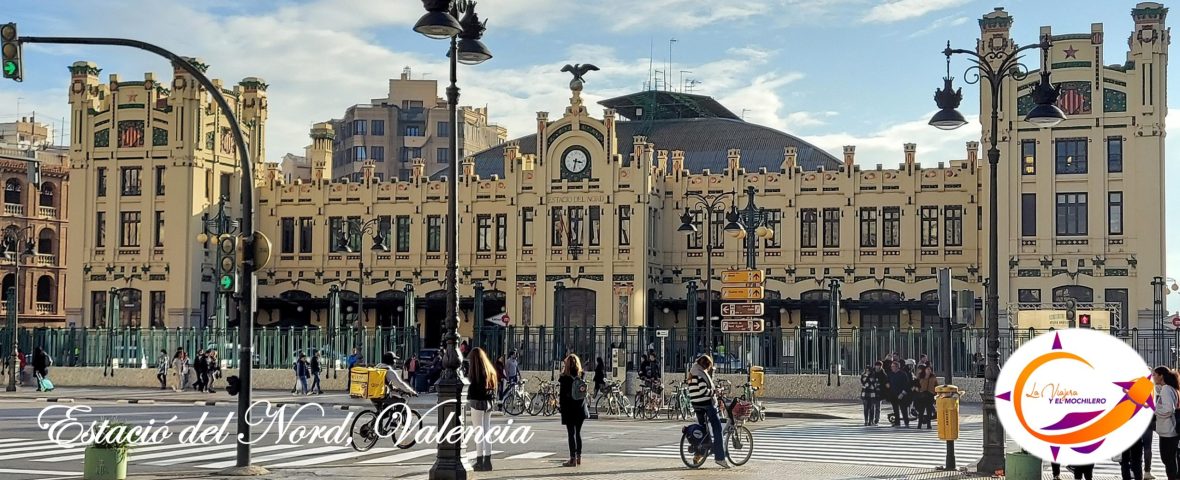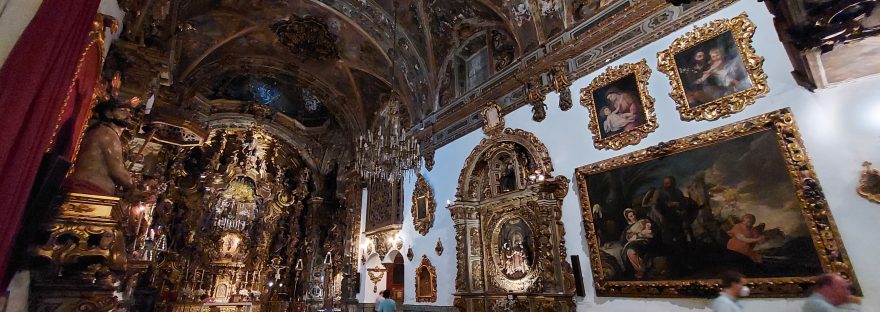Located in the historic center of the city of Seville, Spain, is the Chapel of San Jose, a small temple that hides a great decorative richness in it’s interior.
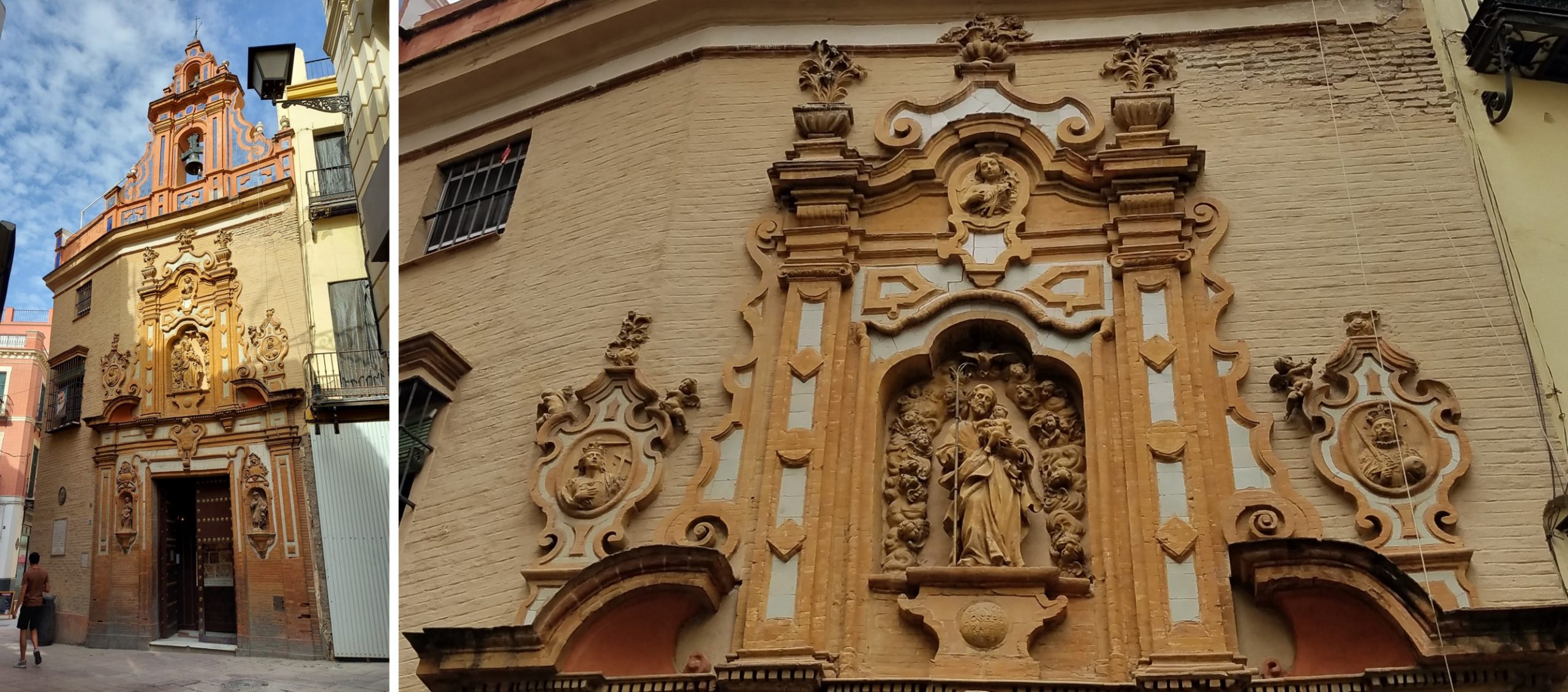
The main doorway of the Chapel of San José, although narrow and low in height, exhibits very beautiful decorative details. The material used entirely in this doorway is flattened brick. It is organized in two bodies, and uses in its surface tiles and sculptures following the baroque canons of the time. The central niche, designed by Lucas Valdés in 1716, houses the image of its patron saint, Saint Joseph.
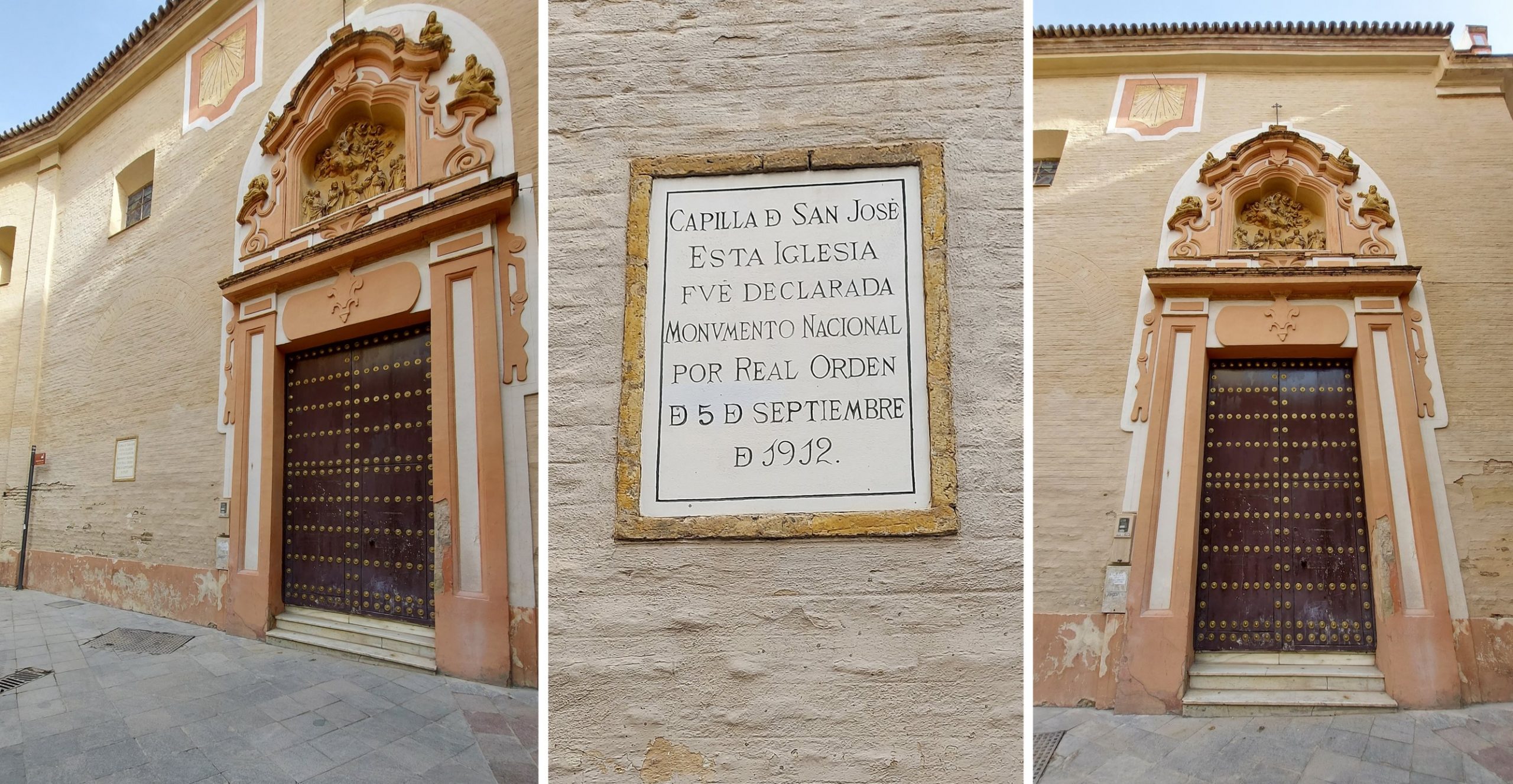
The side entry, also of baroque style in its design and decoration, it stands out in the niche that is located on the door, the representation of the Nuptials of the Virgin. In this lateral facade there is a sundial in the same style as the door. It is located in the upper part of the doorway, on the right side of the door.
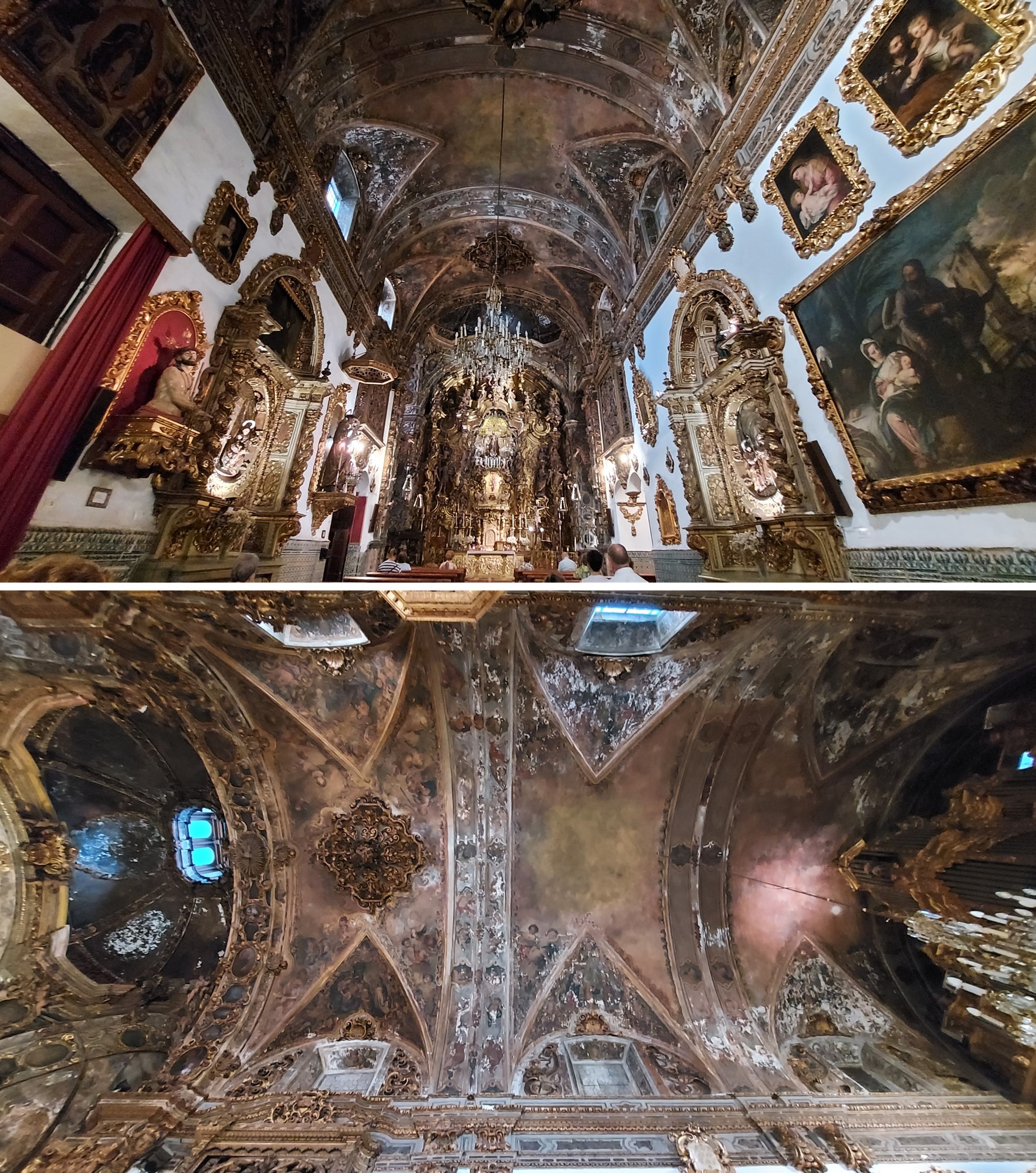
The interior of the Chapel of San José has a nave with a barrel vault with lunettes, while the main chapel has a dome with an elliptical floor plan. This is completed by a lantern, referring to the tube-shaped element arranged as a finial on a dome. In this case the lantern is catalogued as blind, for lacking light entrances to the interior. Along its walls it shows a series of baroque altarpieces and mural paintings of XVIII century.
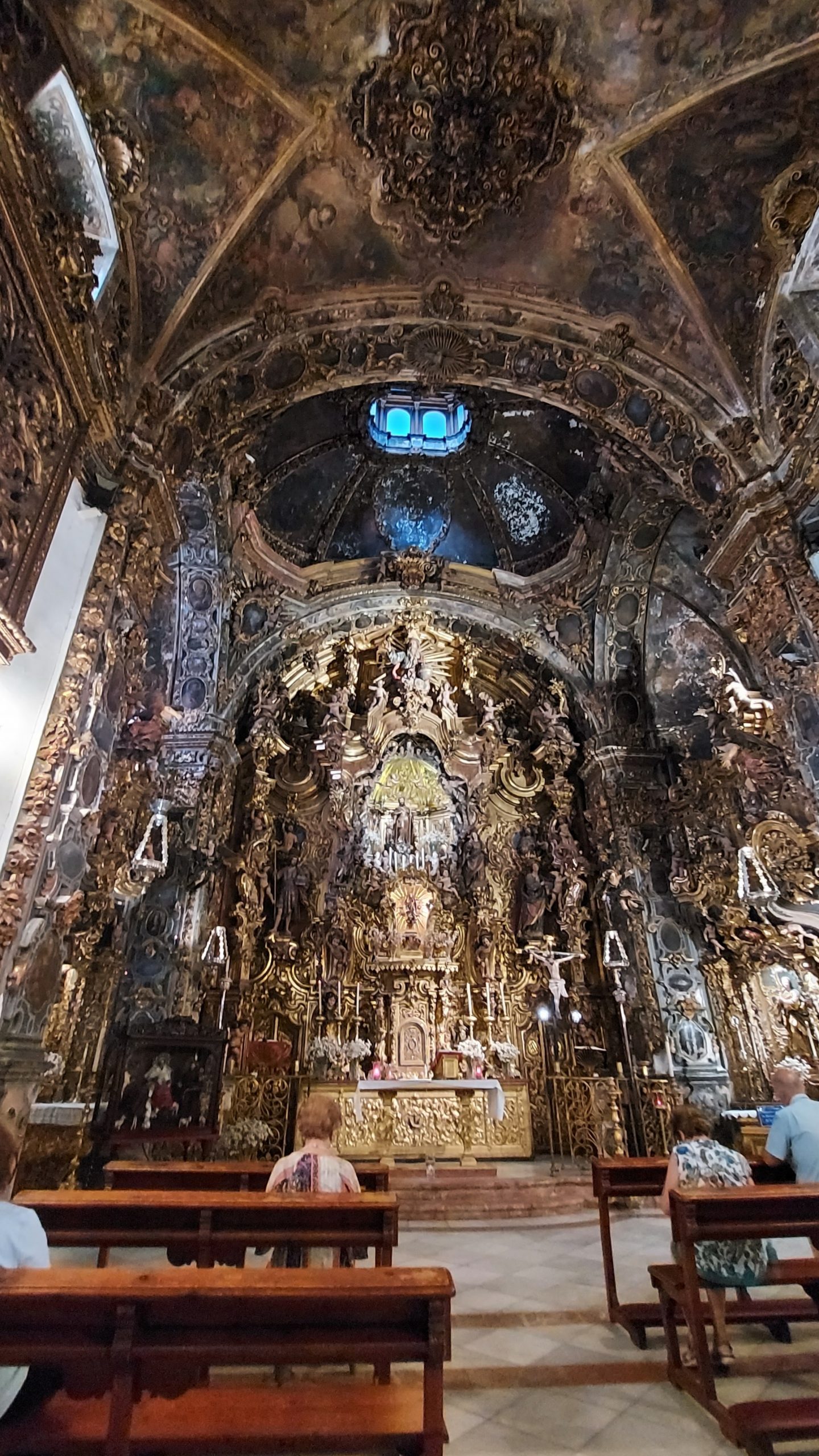
Of a Sevillian baroque style is the main altarpiece of this chapel, made by the Portuguese sculptor Cayetano de Acosta, who intervened in its design, as well as in the realization of the reliefs and sculptures, besides the supervision of the works. The carver and assembler Julián Jiménez, took part in the carving work. This altarpiece is composed of a bench, a large central body with three separate parts and an upper attic.
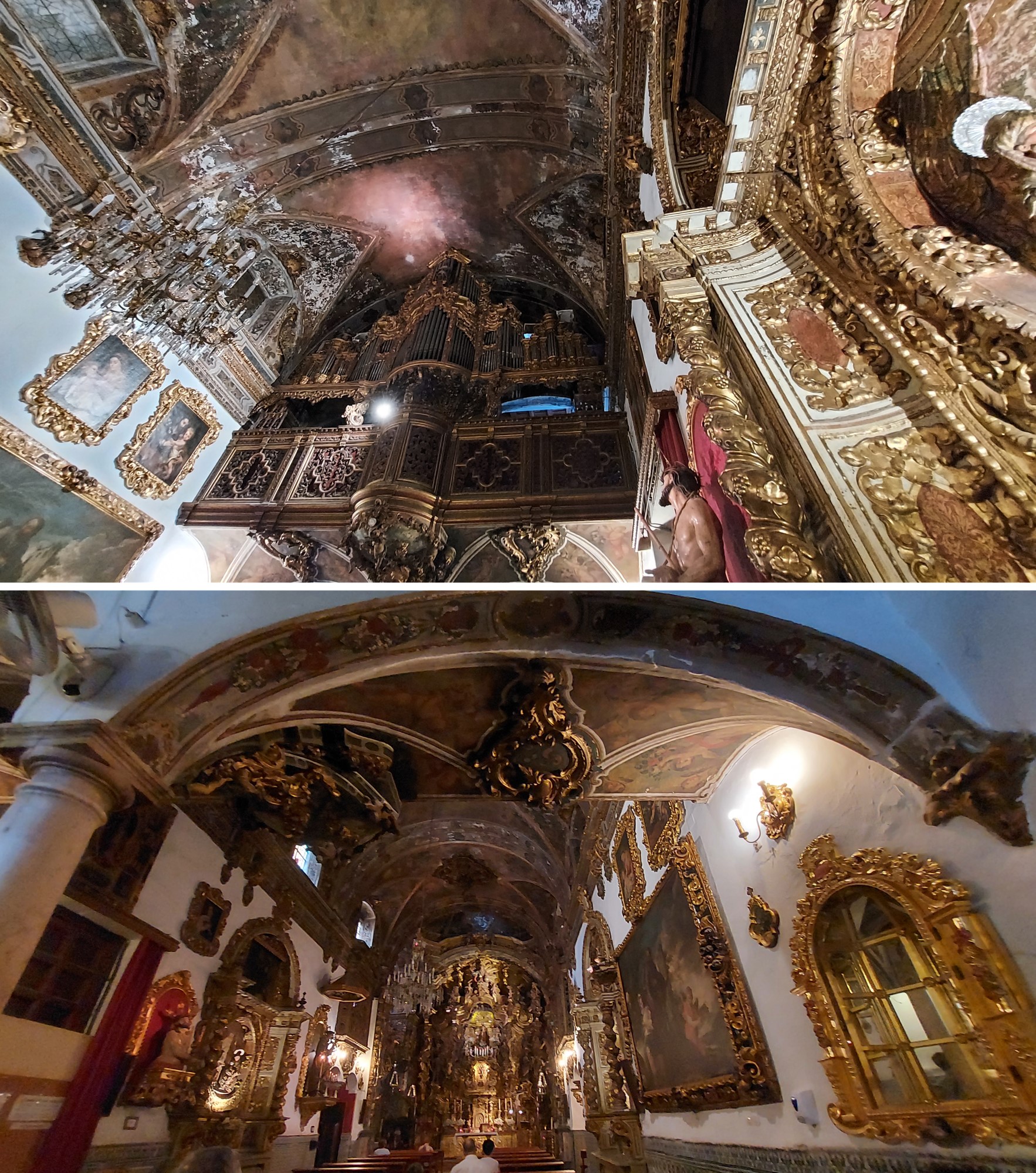
The Chapel of San José has other baroque altarpieces such as the altarpiece of Santa Ana and the “Desposorios de la Virgen”. As for its organ, it is located on the upper level of the main entrance of the temple. The baroque organ case, attributed to Cayetano da Costa, had three different designs for each part of it before the fire of 1931.
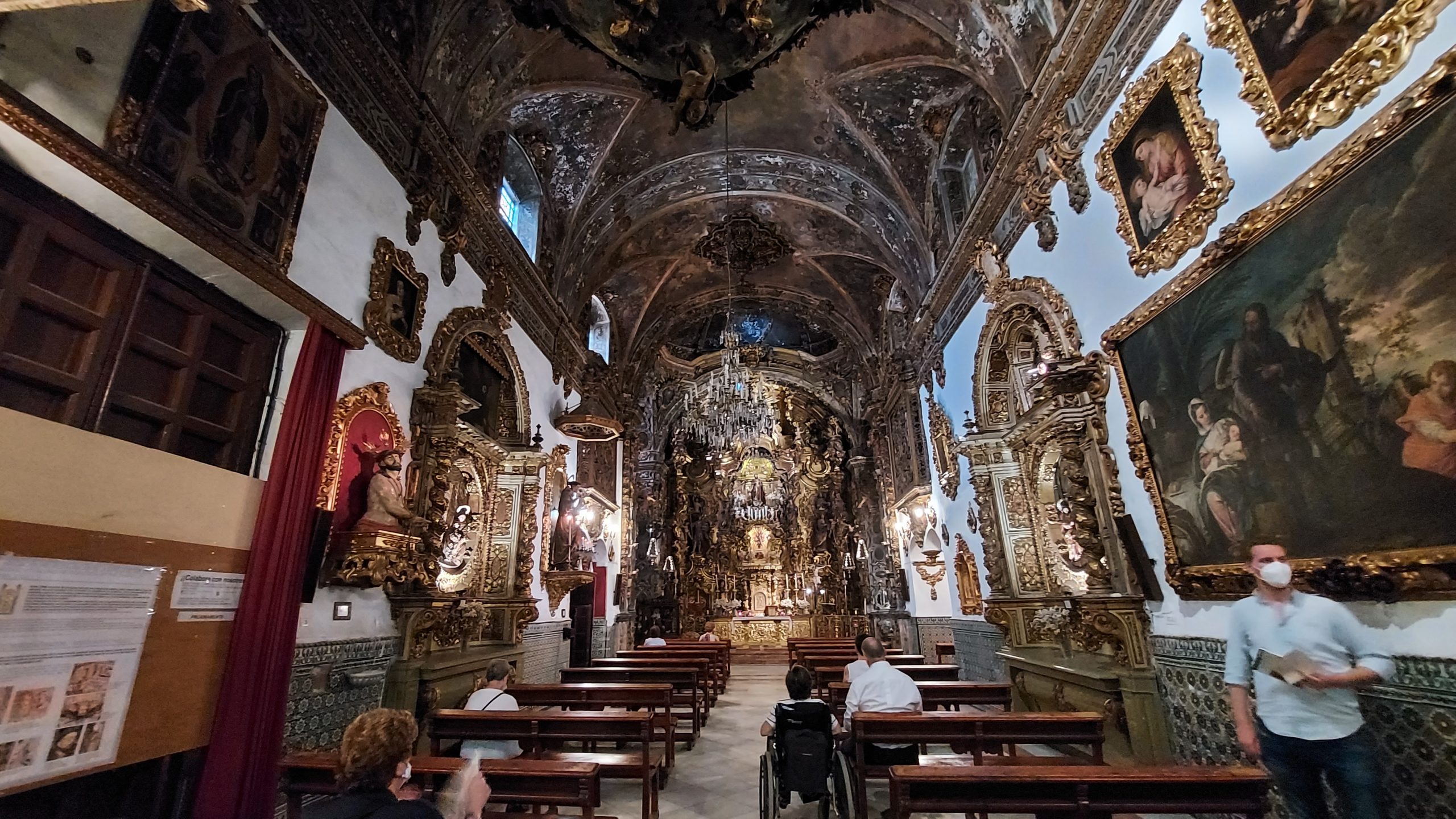
It should be noted that the Chapel of San José was built by the carpenters’ guild. This led to a great struggle with the architects’ guild, since a carpenter was not authorized to prepare the plans for a building. The construction was carried out in two stages, between 1699 and 1766. Great masters of the time, such as Pedro Romero and Esteban Paredes, were involved in the work. The former built the main core of the nave, and the latter was in charge of the main chapel and the doorway at the foot of the church. An important event occurred on May 12, 1931, when the chapel was attacked and set on fire during the social uprisings after the proclamation of the Second Republic.
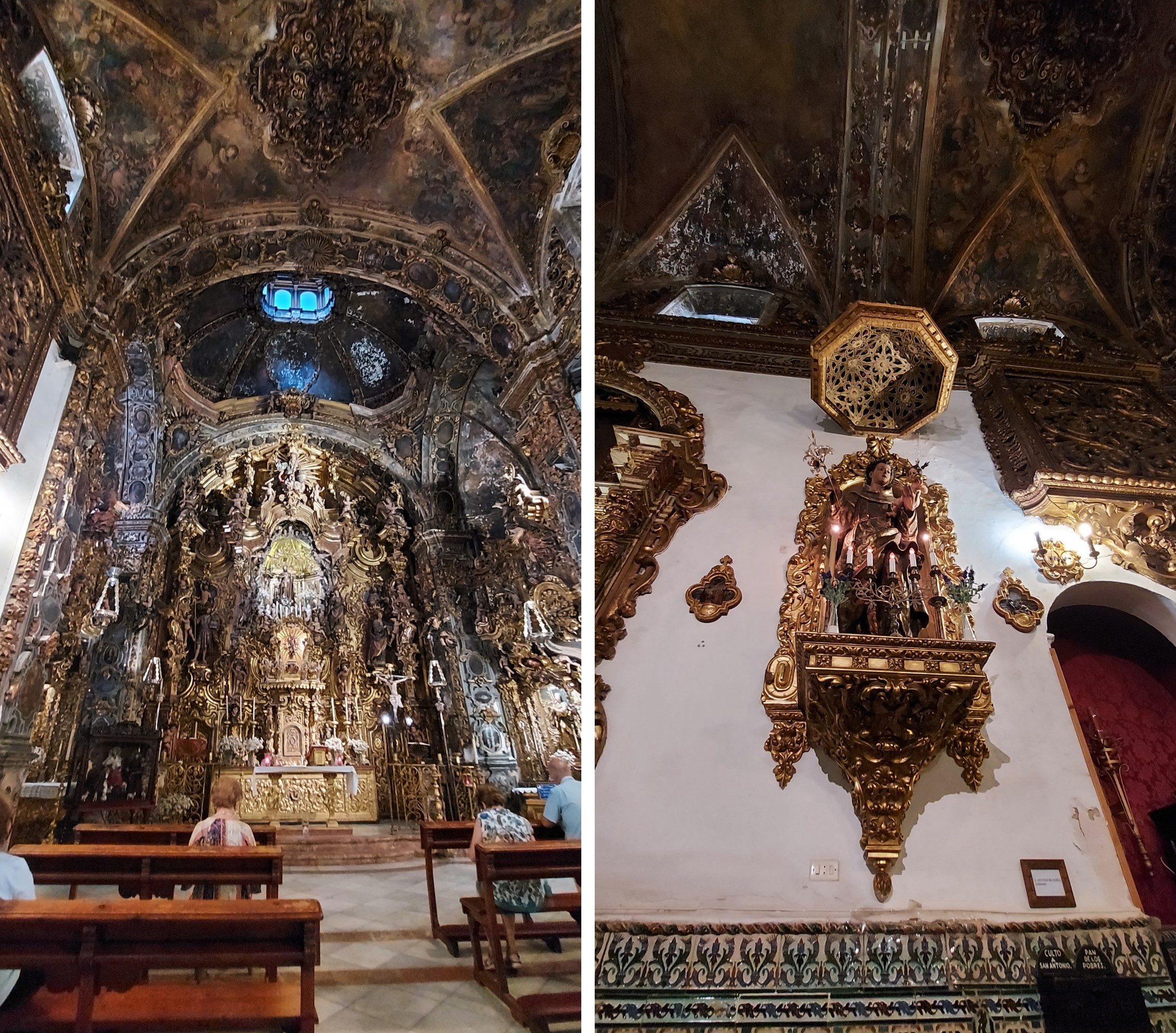
In 1912, and due to its marked baroque style, the chapel was declared a monument. Since 1916, the Chapel of St. Joseph of Seville remains under the administration of the Franciscan Order. This temple enjoys the same graces as the Archbasilica of St. John Lateran in Rome.
Resources:
https://es.wikipedia.org/wiki/Capilla_de_San_Jos%C3%A9_(Seville)
https://www.patrimoniodesevilla.es/la-capilla-de-san-jose
https://www.viajarasevilla.com/capilla-de-san-jose-sevilla/
